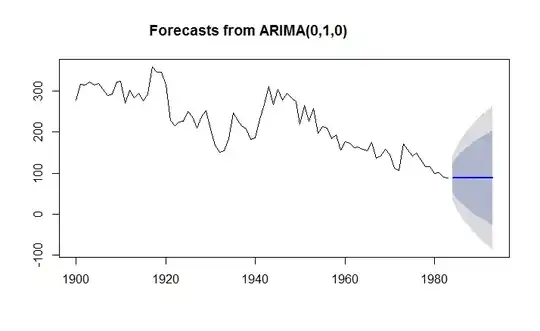I've been working on a problem where I'm trying to resample from some data given in the form $x_{-dx}^{+Dx}$, where $x$, $x-dx$ and $x+Dx$ are the median, 16th percentile and 84th percentile. Some of these are too skew to be described by a skew normal, for which $1/1.55 \lesssim dx/Dx \lesssim 1.55$. So I've been wondering: what distributions:
- have one shape parameter that allows arbitrary skewness and
- become the normal distribution when the shape parameter is zero?
Bonus points if it's implemented in scipy.stats. So far the only distribution I've found that satisfies these two conditions is the generalized normal distribution (version 2), which looks something like a shifted, scaled and maybe flipped log-normal.
I've implemented it for myself as a SciPy distribution. I'd open a request to add it to SciPy but I'm not yet sure it's used widely enough to be warranted.
I searched on here for skew normal distributions but mostly came across questions about estimating the parameters of the "ordinary" skew normal I mentioned above.
